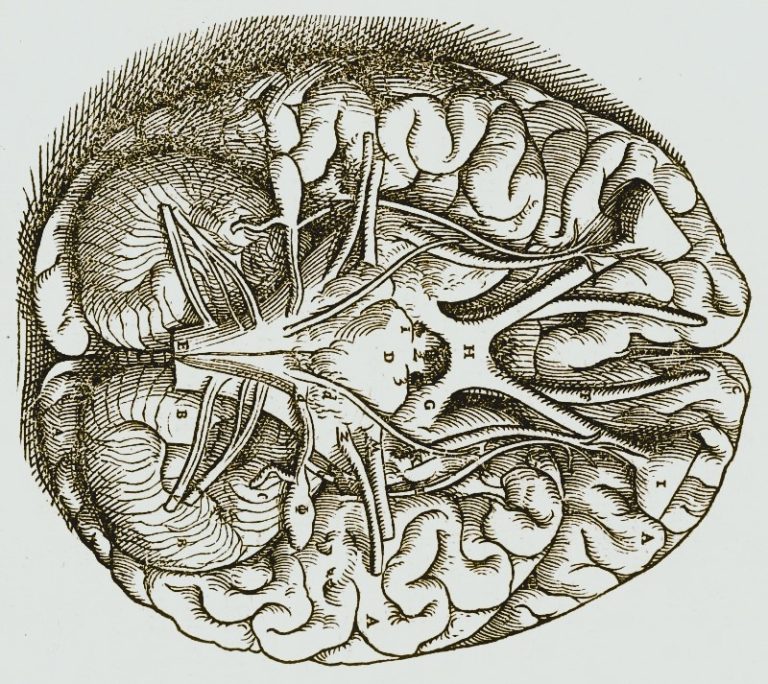

People begin distancing themselves when internal contradictions, personal crises, or emotional turning points disrupt the certainty that once held them in place.

By Matthew A. McIntosh
Public Historian
Brewminate
Introduction
People leave extremist groups for reasons that rarely resemble the narratives about how they joined. Researchers who study radicalization and disengagement note that the decision to walk away is usually shaped by personal experiences rather than ideological argument. Individuals begin distancing themselves when the expectations of the movement collide with the realities of participation. The process often starts quietly, long before anyone outside the group becomes aware that change is happening.
Academic work has reached similar conclusions across different contexts, showing disengagement as a gradual shift shaped by personal conflict, disillusionment, or life events that make continued involvement unsustainable. These findings align with narrative reporting which documents the experiences of former white supremacists who describe moments of doubt, emotional disruption, and encounters that challenged their assumptions.
What follows examines what motivates people to leave extremist groups, how they navigate the difficult path out, and why support networks and personal turning points matter more than confrontation or debate.
Disillusionment Inside Extremist Movements
Research shows that many people begin leaving extremist groups when the internal reality of the movement no longer matches what they believed they were joining. Internal contradictions, unmet expectations, and organizational dysfunction often create the earliest fractures. Members who once felt certainty begin noticing inconsistencies in leadership behavior, group goals, or the everyday practices that contradict the ideology they were taught to uphold.
Academic analysis adds that internal conflicts, power struggles, and escalating demands on members can erode the cohesion that extremist groups depend on. When these pressures intensify, individuals may start questioning whether the movement provides the clarity or purpose it once promised. The report notes that this type of disillusionment frequently precedes any formal steps toward exiting.
Researchers at Michigan State University highlight similar patterns. Their Pathways Out of Extremism report identifies internal friction as one of the most common catalysts for disengagement. According to their findings, members often reach a point where the emotional or physical costs of remaining in the group outweigh any sense of belonging or loyalty. This shift can occur gradually as frustrations accumulate and small doubts become more difficult to ignore.
These studies show that disengagement often begins long before individuals fully detach. The early stages are marked by quiet disappointment, frustration with the group’s direction, and a growing awareness that the movement’s internal culture does not match its public claims. These pressures create the conditions in which people become open to reconsidering their involvement and imagining a life outside extremist networks.
Personal Crises and Humanizing Encounters
Researchers note that personal crises often play a major role in disrupting ideological commitment. Events such as family strain, the loss of a job, or emotional burnout can create instability that makes the demands of extremist groups harder to maintain. These disruptions do not automatically lead to disengagement, but they can weaken the sense of certainty that extremist identities rely on.
Narratives from former extremists reveal how these moments can shift perspective. Reports document accounts of people who began questioning their beliefs after experiencing empathy from individuals they had been taught to view as enemies. Former members interviewed in this reporting describe encounters that challenged stereotypes they once accepted without question.
Some of the most detailed personal accounts come from individuals like Tony McAleer, a former white supremacist. McAleer explains that unexpected acts of compassion from people outside extremist circles prompted him to confront aspects of his worldview he had long avoided examining. His experience reflects a broader pattern in which emotional turning points create cracks in rigid ideological frameworks.
Personal relationships can interrupt radicalization by offering alternative sources of meaning and identity. When individuals encounter support systems that do not rely on fear or hostility, the certainty that once defined their extremist involvement can begin to give way to doubt and self-reflection.
Role of Social Networks and Community Support
Researchers consistently emphasize that supportive social connections are among the strongest influences helping individuals leave extremist groups. People who disengage often describe a turning point when someone in their life offered stability without judgment. These relationships create a contrast to the rigid expectations inside extremist networks and help individuals imagine alternatives to the identity they have been living.
Some former extremists explain that these new connections provide a sense of belonging that does not depend on hostility or ideological conformity. Tony McAleer found support in relationships outside the movement, which helped him rebuild trust and develop a healthier sense of self. These relationships did not require him to defend his past or justify his beliefs, which made it possible for him to move forward.
Programs that connect former extremists with mentors also play a significant role. Individuals who have already left serve as guides for those who are considering taking the same step. These mentors understand the pressures, fears, and doubts that accompany disengagement, and they help newcomers navigate the emotional and practical challenges of leaving a tightly controlled environment.
The presence of a supportive community can also mitigate the sense of isolation that follows departure. Individuals often struggle after leaving because extremist groups provide a structured social world that is difficult to replace. Supportive networks help fill that void by offering understanding, accountability, and a path to rebuilding daily life without returning to old patterns.
Disengagement is not only a psychological or ideological process. It is deeply social. People leave extremist groups when they find relationships capable of supporting a new identity and a different sense of belonging. Without these networks, the barriers to leaving remain high, even for individuals who feel disillusioned or conflicted.
Programs and Mentorship as Bridges Out
Specialized exit programs provide structured support for people who want to leave extremist groups but do not know how to begin. Reporting highlights the work of Life After Hate, an organization founded by former extremists who use their own experiences to help others disengage. Their approach focuses on understanding the psychological and emotional needs of individuals who are trying to leave, including the fear and uncertainty that follow separation from a controlling group.
Research organizations have found that mentorship is one of the most effective tools in the exit process. Former extremists serve as guides for those beginning their exit journey. Because these mentors have lived through similar struggles, they can explain what to expect, how to handle backlash from the group being left behind, and how to manage the identity challenges that arise when old beliefs lose their hold.
Academic analysis adds another dimension. Their research shows that structured reintegration efforts reduce the likelihood of individuals returning to extremist networks. Programs that combine emotional support, practical assistance, and nonjudgmental guidance help people rebuild routines and relationships outside the movement, which makes long-term disengagement more sustainable.
These reports show that leaving extremist groups is rarely a solitary effort. Programs and mentors provide essential stability during the most vulnerable stages of disengagement. They offer individuals a path forward by addressing both the emotional and practical challenges that arise after departure, giving former members the tools they need to build a life that is not defined by extremism.
Long-Term Reintegration and the Challenges After Leaving
Leaving an extremist group is only the first step. Former members often struggle with identity reconstruction after disengagement. Their study notes that individuals must replace the clear structure and sense of purpose that extremist groups once provided. This transition can be disorienting, especially for those who relied on the movement to organize their daily lives and social relationships.
Michigan State University’s Pathways Out of Extremism research echoes these findings. Their work highlights that many former extremists feel unprepared for the practical tasks associated with reintegration, including finding stable employment, rebuilding routines, and navigating social spaces where their past may carry stigma. These challenges make the early stages of reintegration particularly vulnerable.
Narrative reporting offers a closer look at how this process unfolds on a personal level. Tony McAleer struggled with rebuilding relationships after leaving a white supremacist group. His experience illustrates that leaving the ideology does not erase the consequences of membership. Former extremists must work through the impact their actions had on others, a process that requires time, honesty, and sustained support.
Programs grounded in lived experience can help former members build a future beyond their past. Organizations like Life After Hate guide individuals through emotional repair, community reentry, and the ongoing task of maintaining distance from their former networks. These programs emphasize accountability as well as healing, which helps reduce the risk of returning to extremist environments.
Even with support, reintegration remains a long and uneven journey. Former extremists must navigate public judgment, personal regret, and the task of forming an identity that is not built on hostility or exclusion. Research and reporting across these sources show that progress is possible, but only when individuals have access to resources and communities that help them rebuild their lives with stability and purpose.
Conclusion
The research on disengagement shows that leaving extremism is rarely a sudden decision. People begin distancing themselves when internal contradictions, personal crises, or emotional turning points disrupt the certainty that once held them in place. These shifts do not hinge on confrontation. They develop through growing doubt and the realization that the movement no longer offers the meaning or stability it promised.
As individuals move away from extremist environments, relationships and community support become essential. Many former extremists credit mentors and supportive networks with helping them rebuild trust, navigate stigma, and create new routines. Programs illustrate how structured guidance helps people replace harmful identities with healthier ones grounded in accountability and community.
These findings underscore that the path out of extremism depends on the conditions individuals encounter once they begin to question their involvement. Effective support combines stability, empathy, and opportunities to rebuild a sense of purpose. When those elements are present, people are more able to leave extremist movements behind and create a future that is not driven by fear, hostility, or isolation.
Originally published by Brewminate, 11.26.2025, under the terms of a Creative Commons Attribution-NonCommercial-NoDerivatives 4.0 International license.


